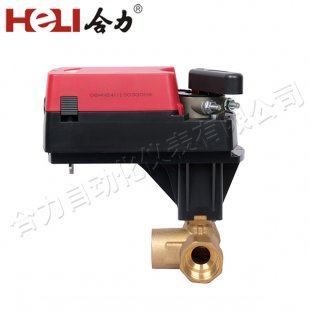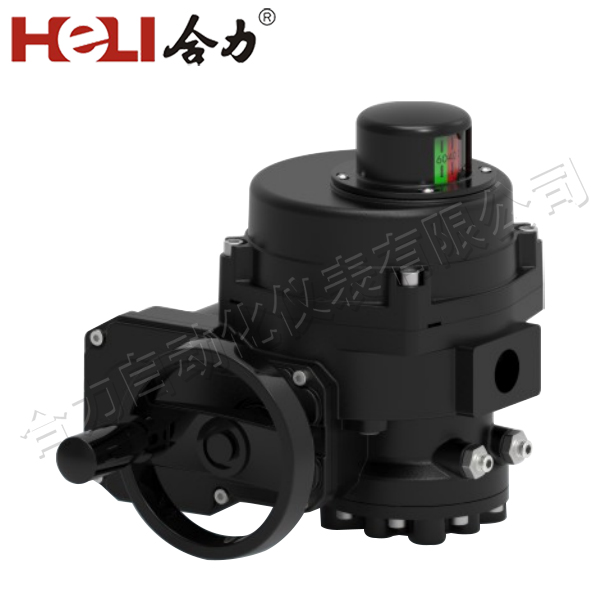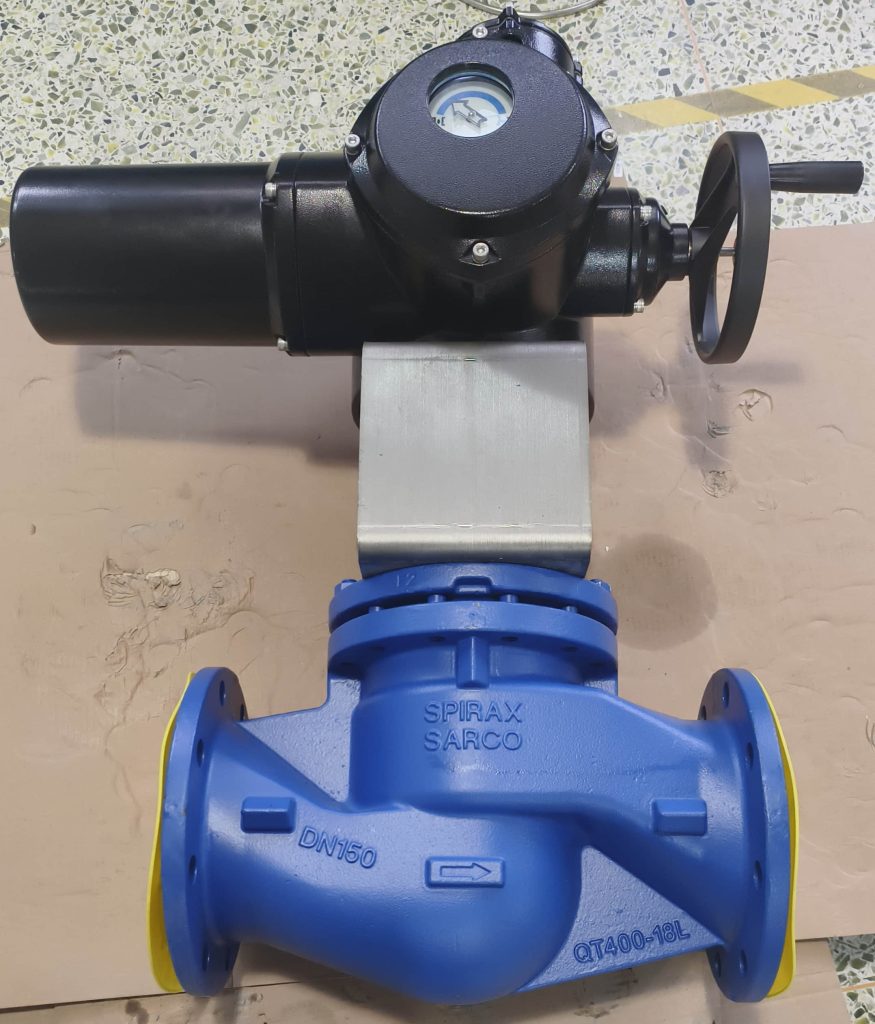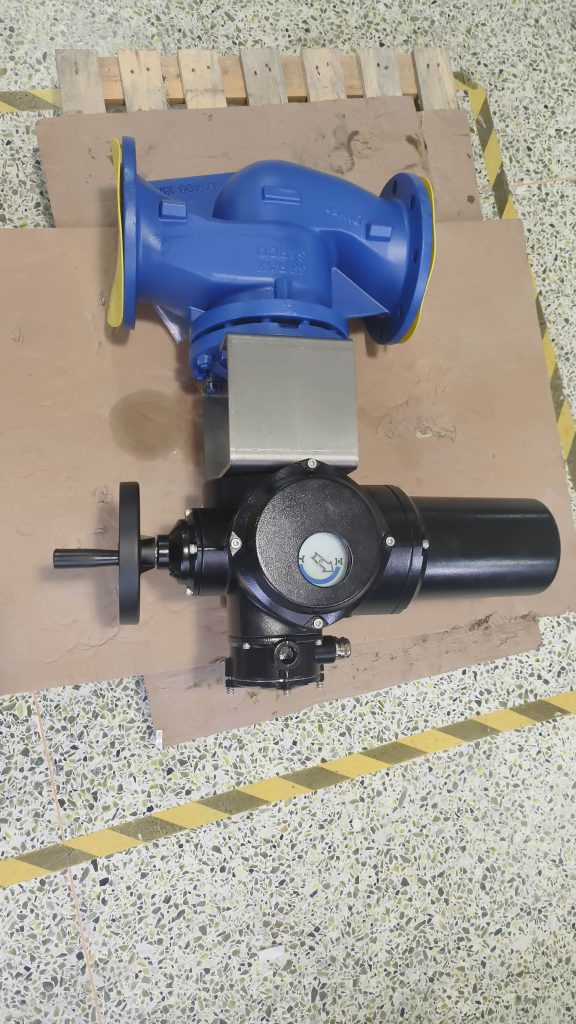In recent years, the demand for reliable and efficient actuators has surged, particularly in industries where environmental conditions pose significant challenges. Among the most innovative solutions are Lithium Battery Waterproof Electric Actuators, which combine advanced lithium battery technology with waterproof features to provide exceptional performance in diverse applications. This article delves into the unique characteristics, advantages, and applications of these state-of-the-art actuators.

What is a Lithium Battery Waterproof Electric Actuator?

A Lithium Battery Waterproof Electric Actuator is a type of actuator that utilizes a lithium battery as its power source while being designed to withstand exposure to water and other harsh environmental conditions. These actuators are crucial for applications where traditional power sources may be impractical or where exposure to moisture could damage the device. The integration of lithium batteries not only ensures a lightweight design but also provides high energy density, allowing for longer operation times and increased efficiency. Key Features Waterproof Design: One of the primary benefits of these actuators is their waterproof capability. Typically rated to IP67 or higher, they can function effectively even when submerged in water. This makes them ideal for outdoor applications and environments prone to splashes, rain, or humidity.

























